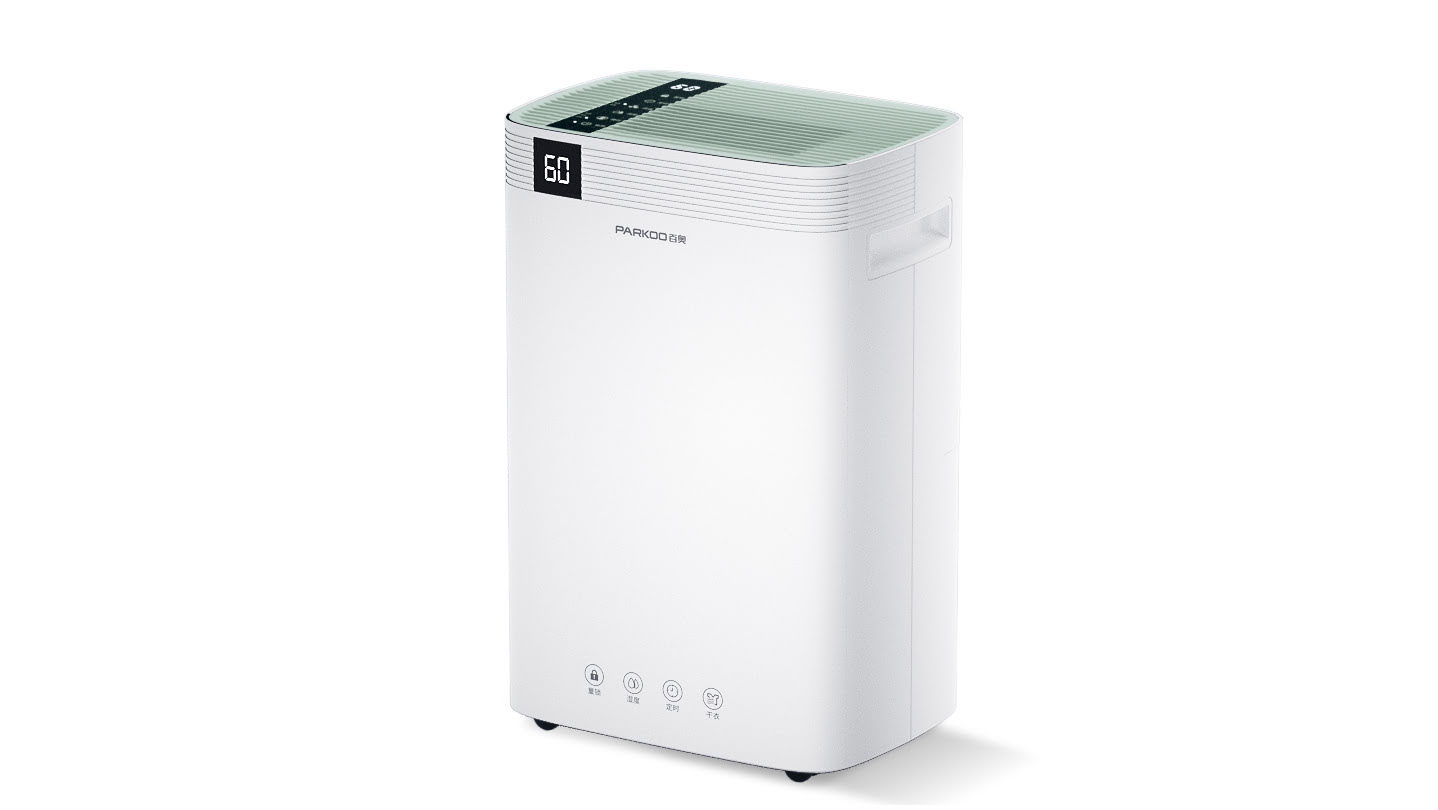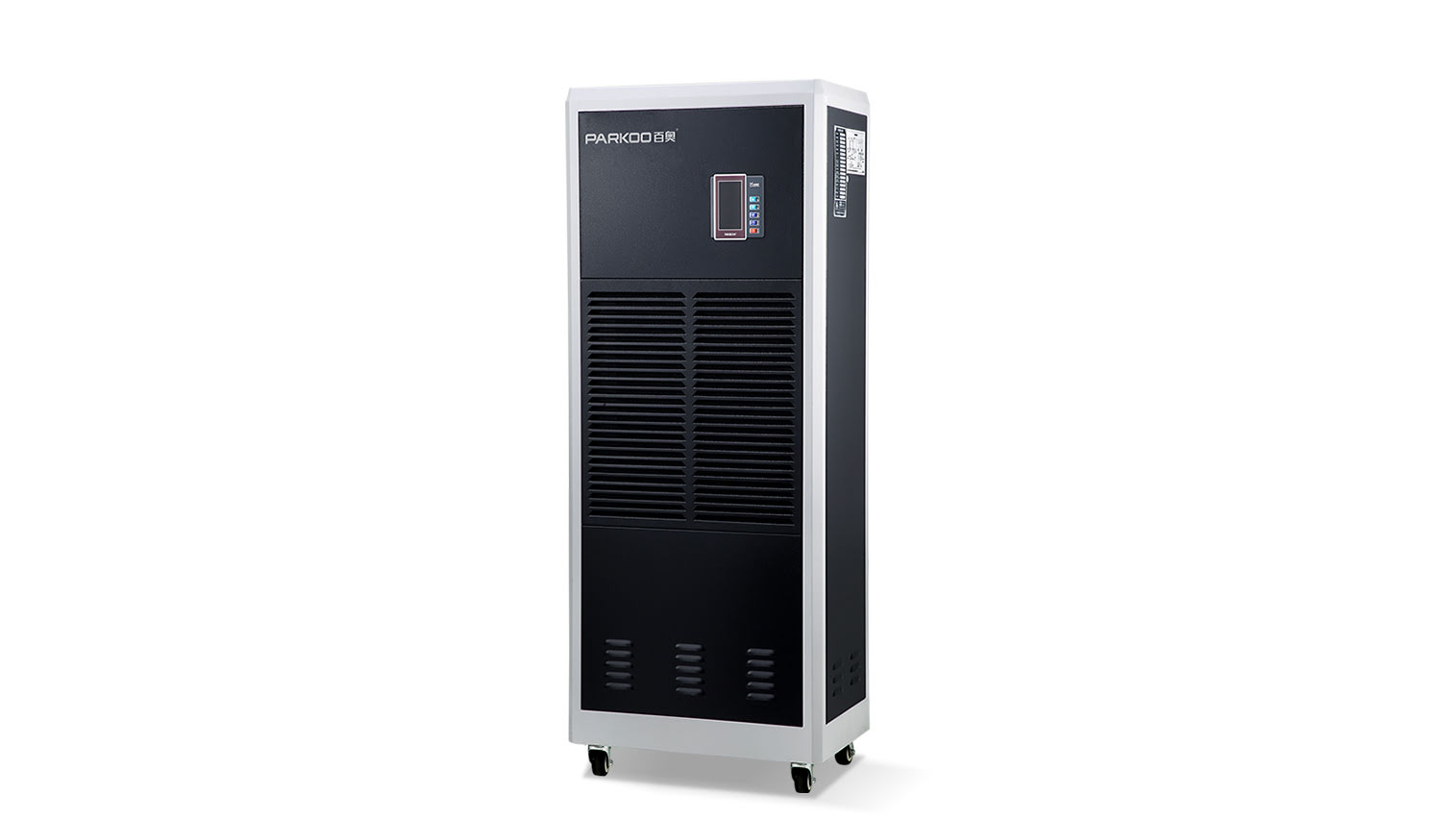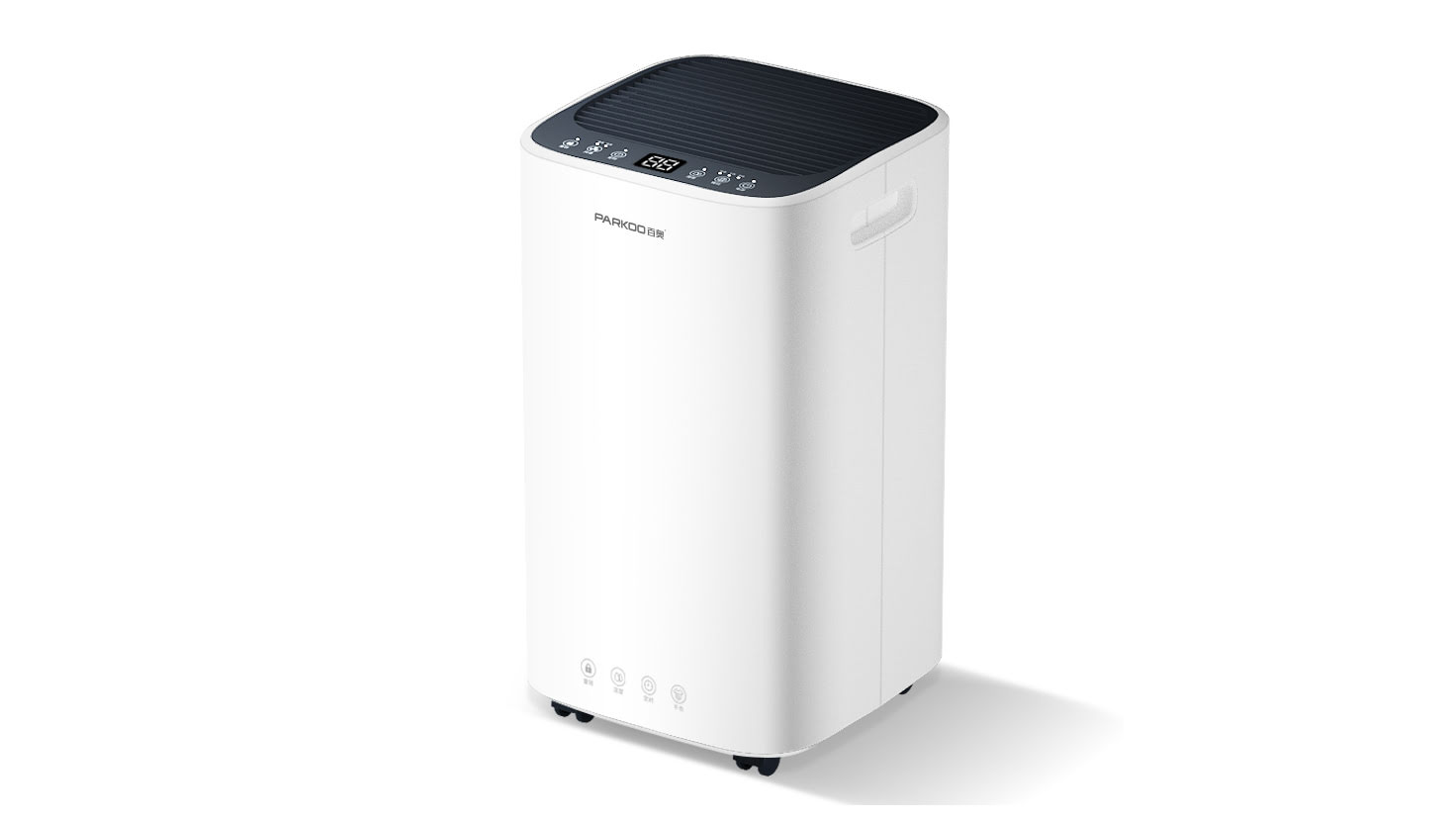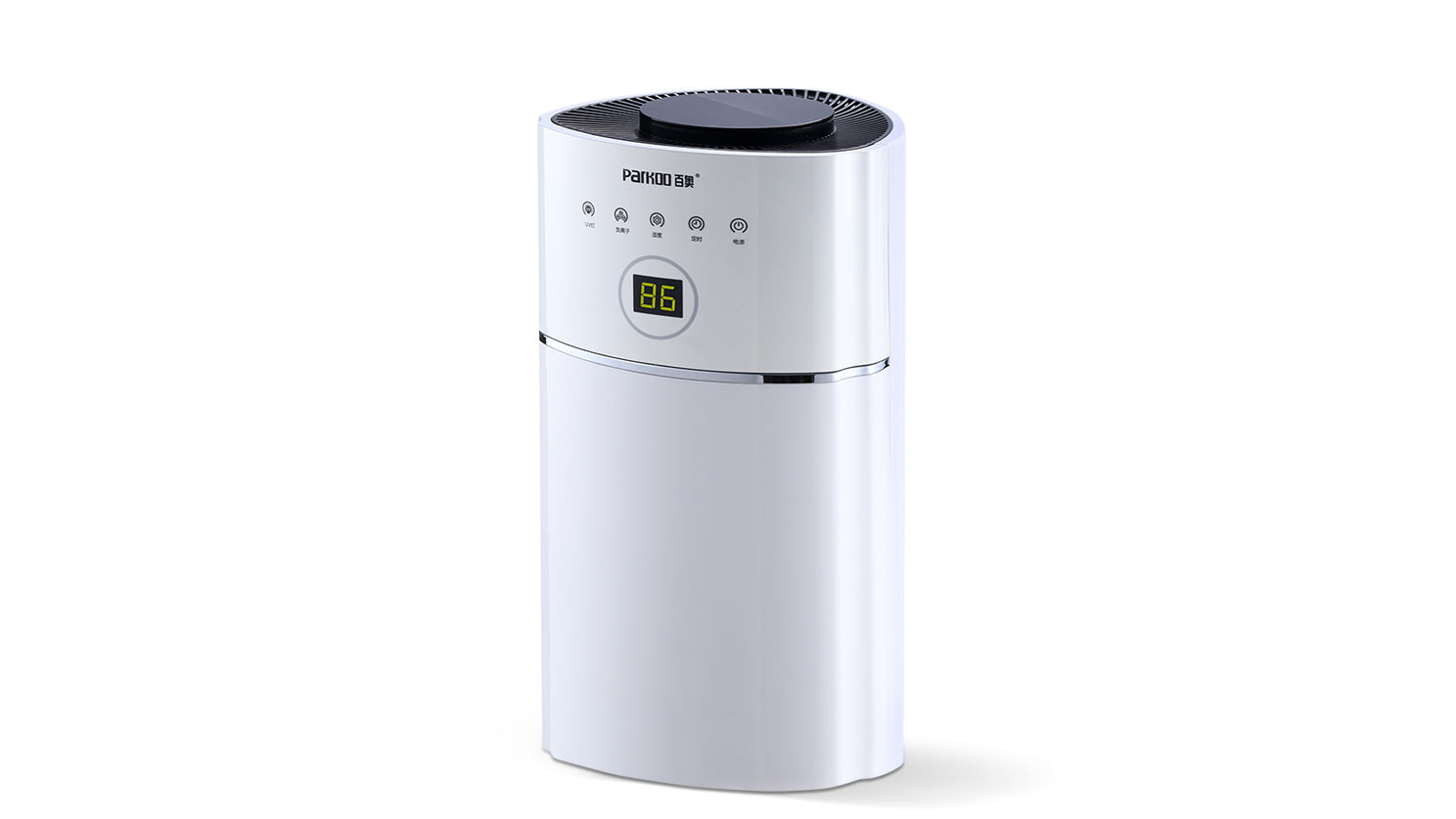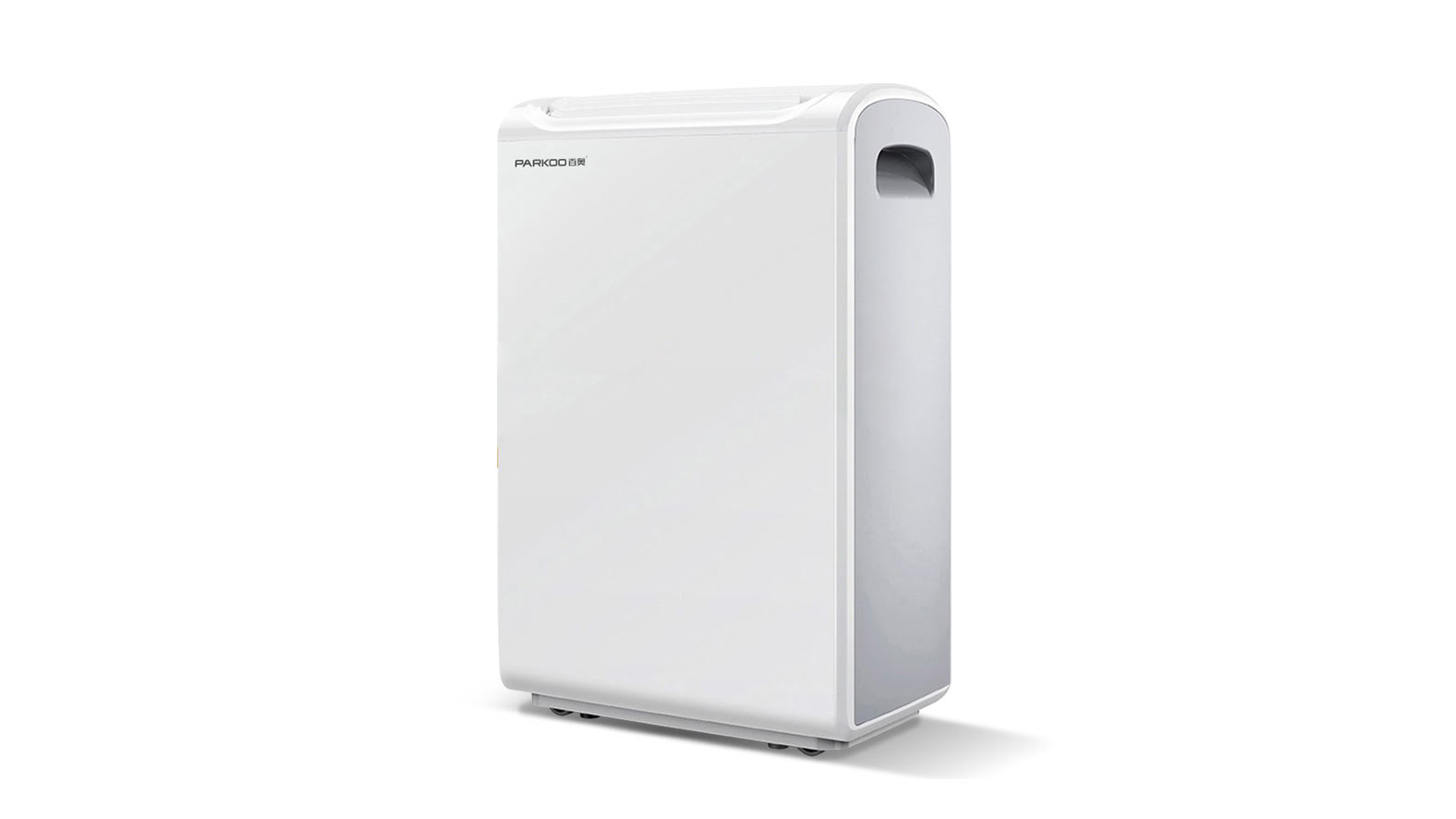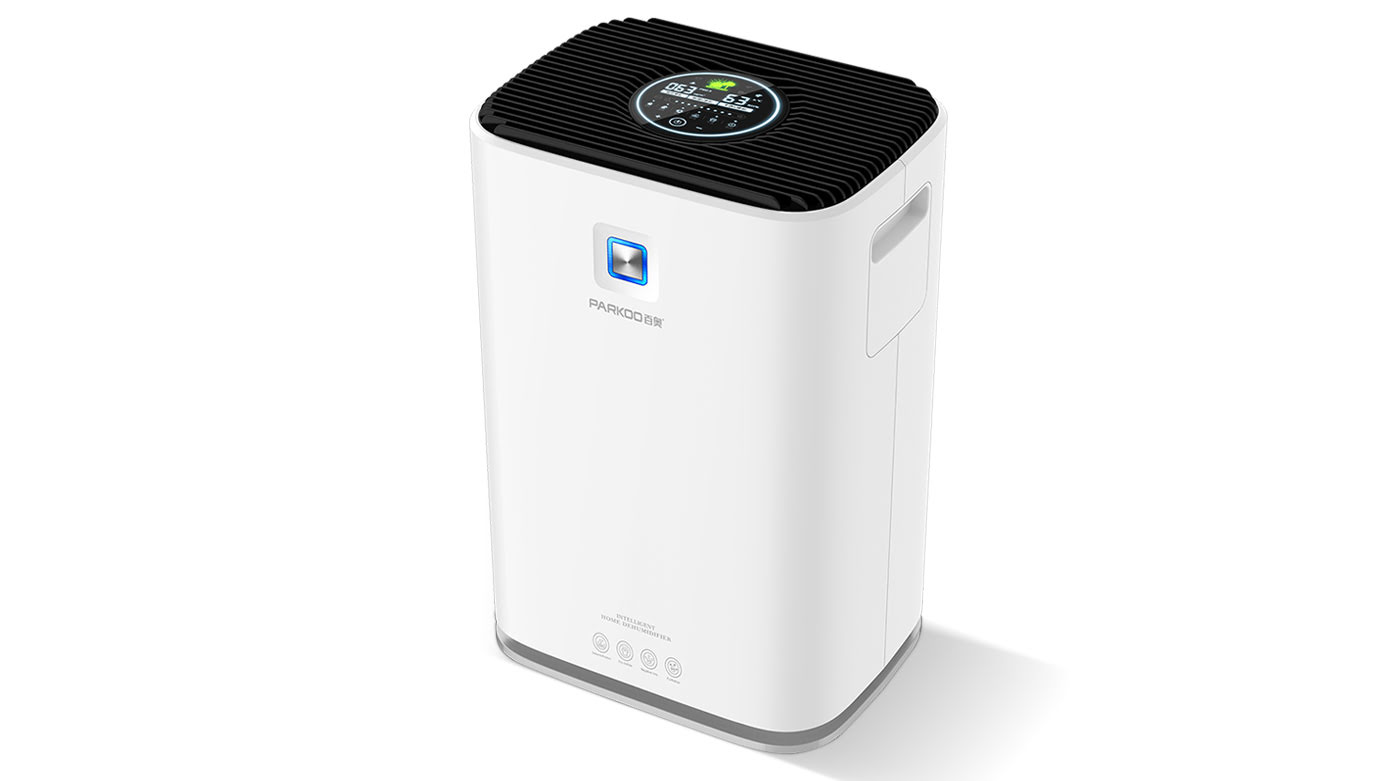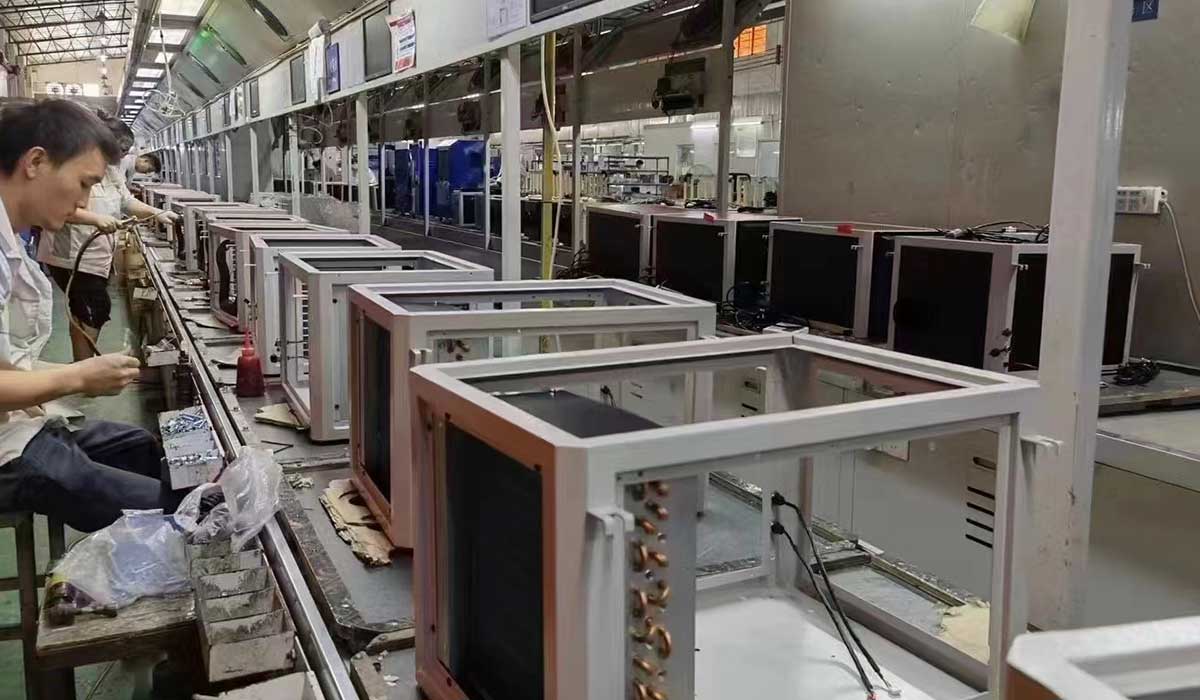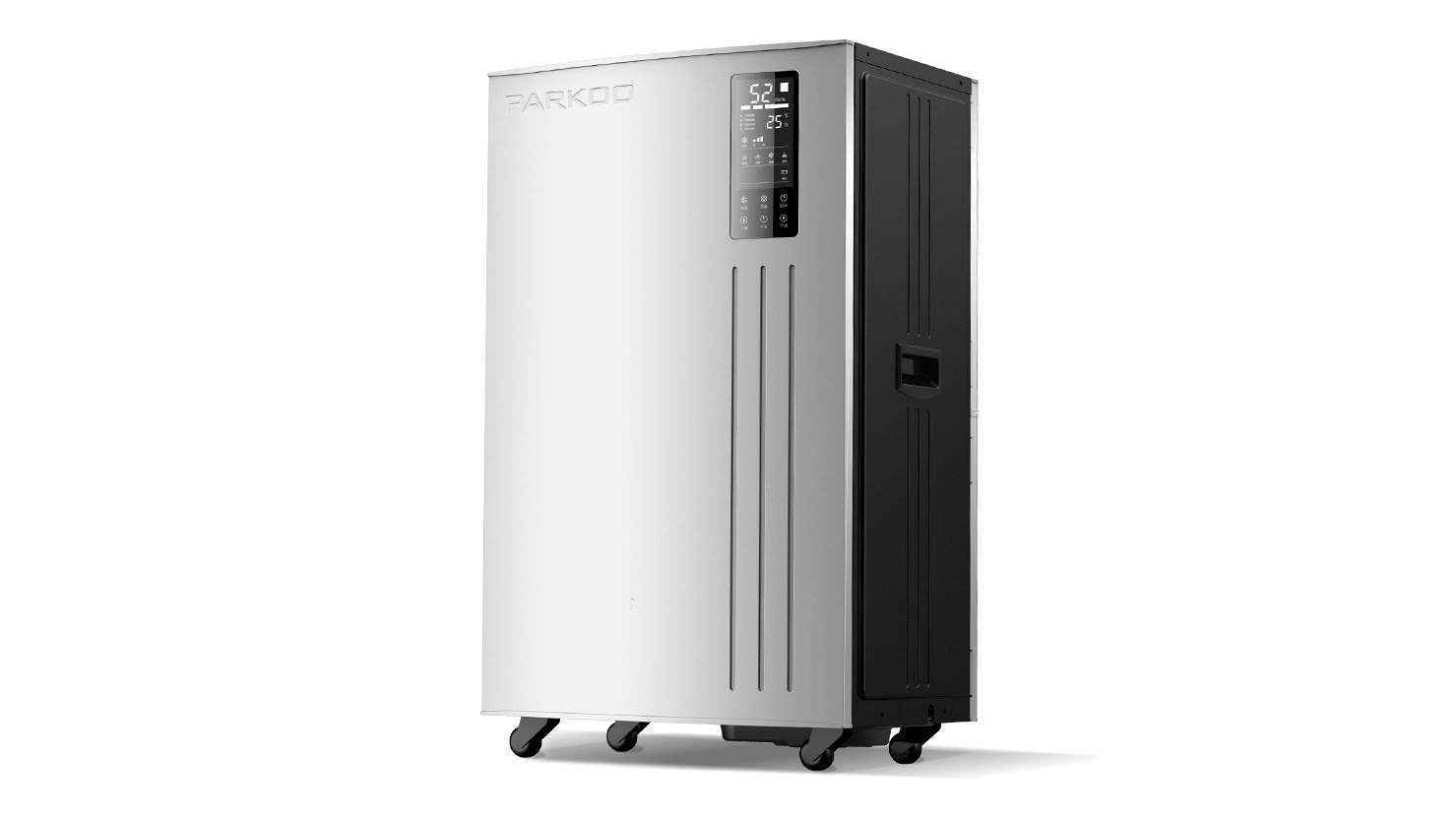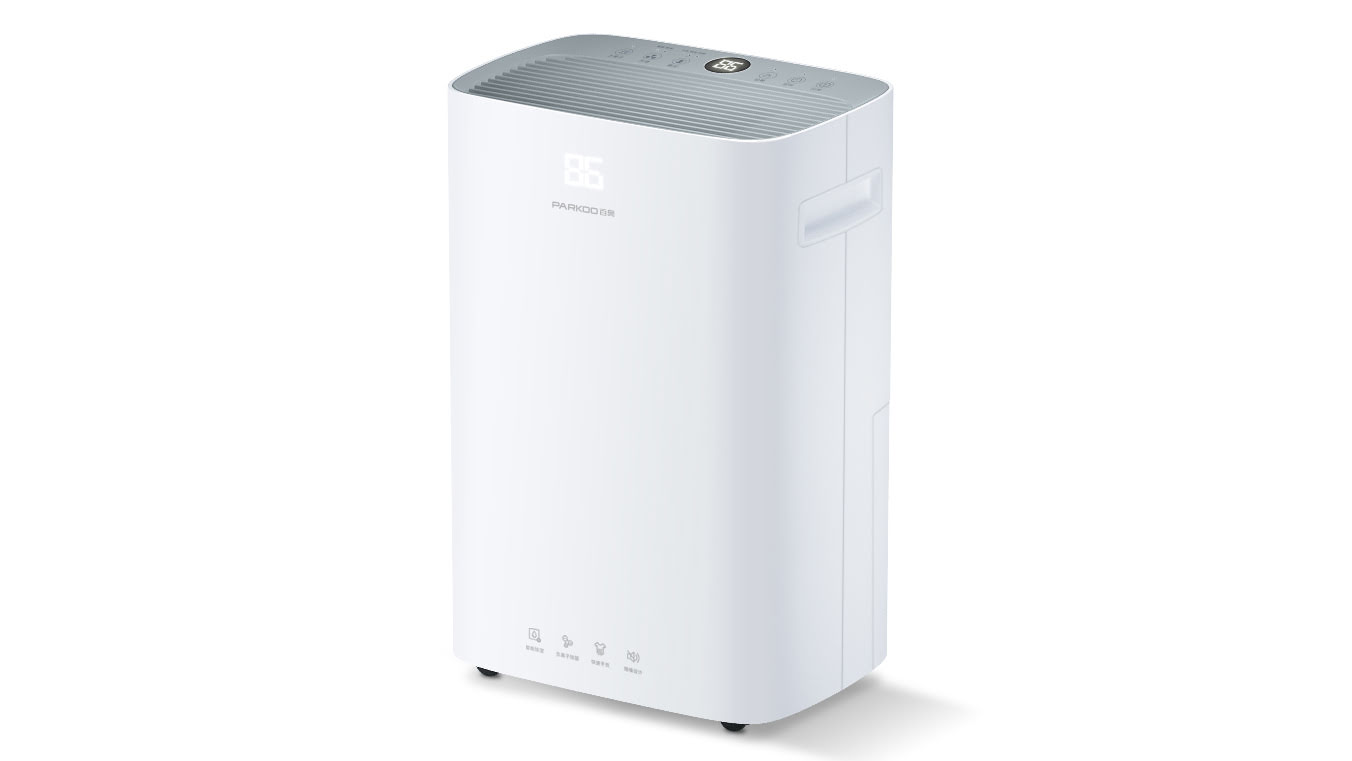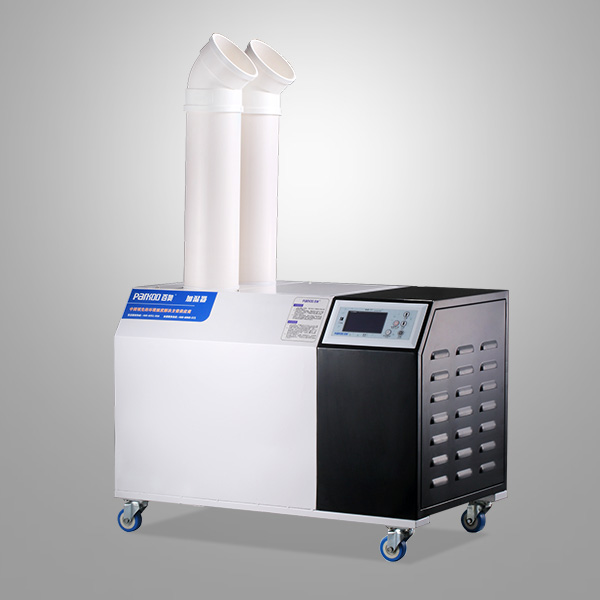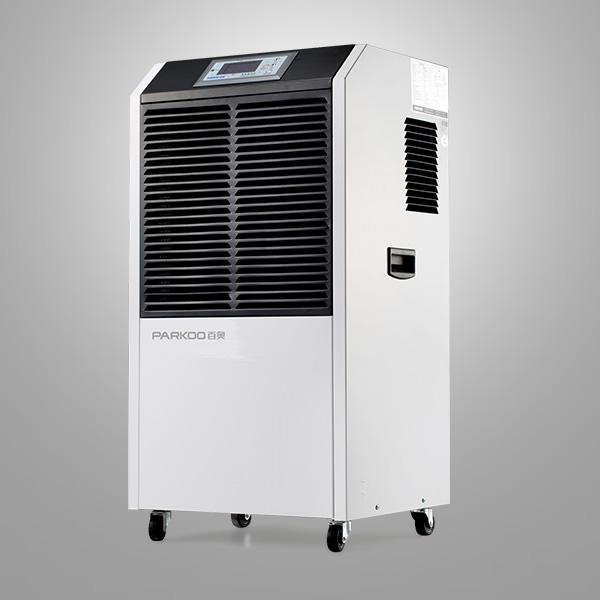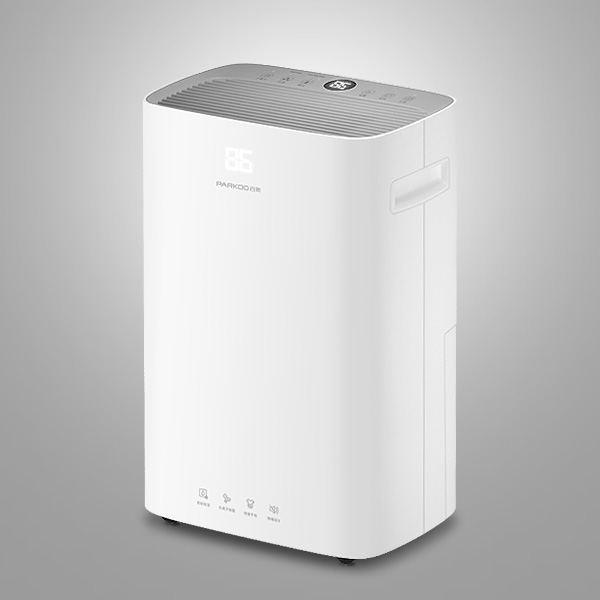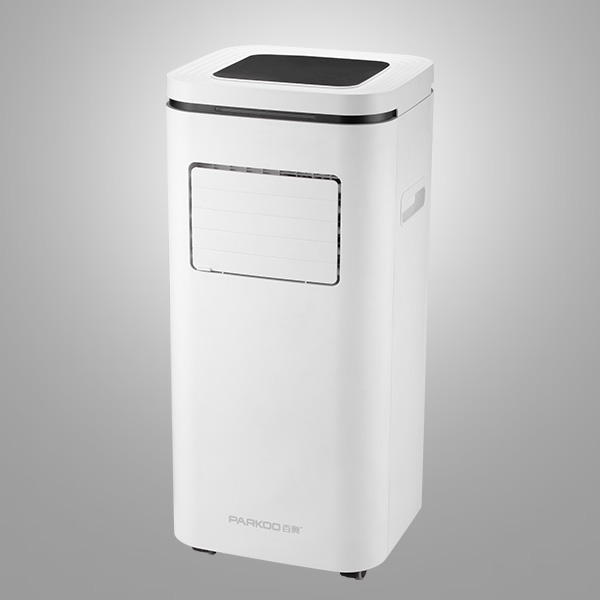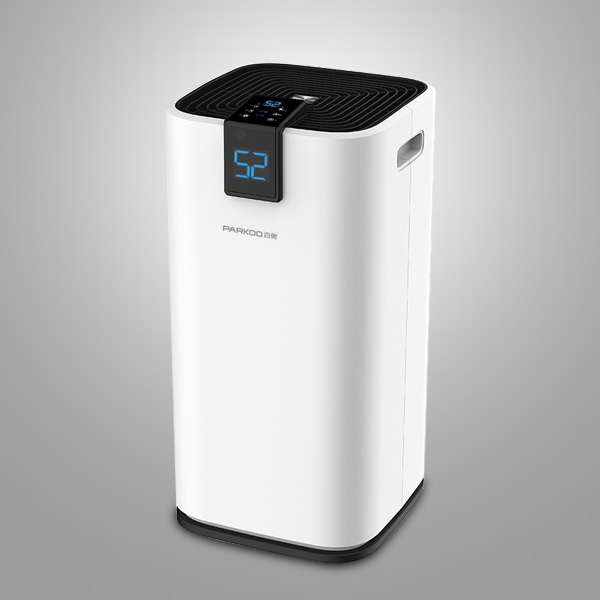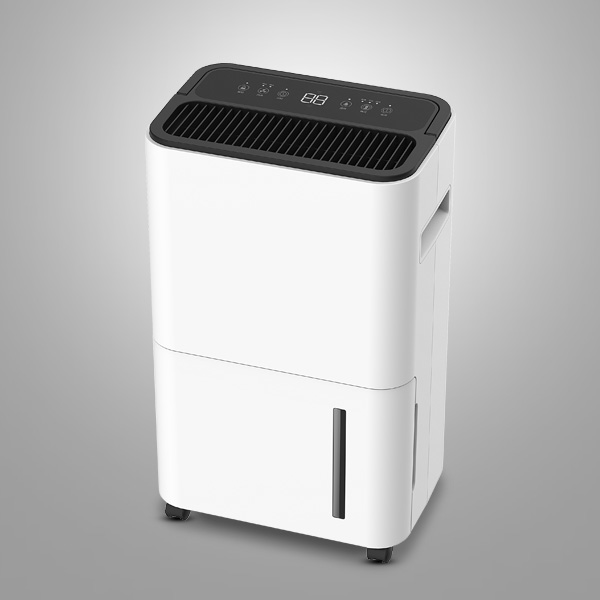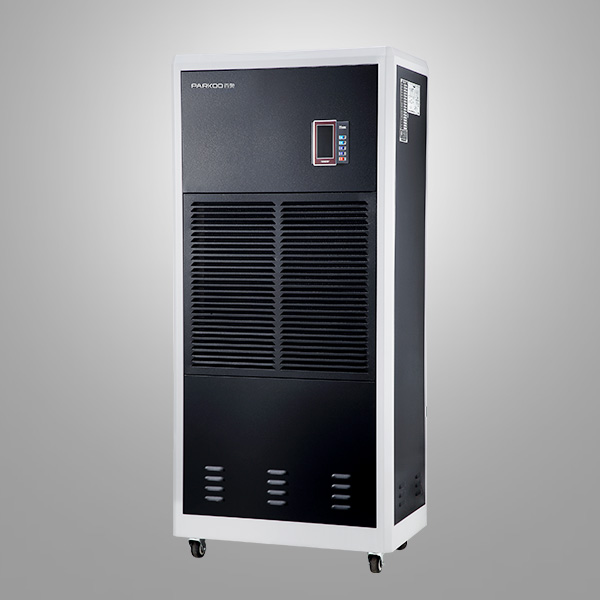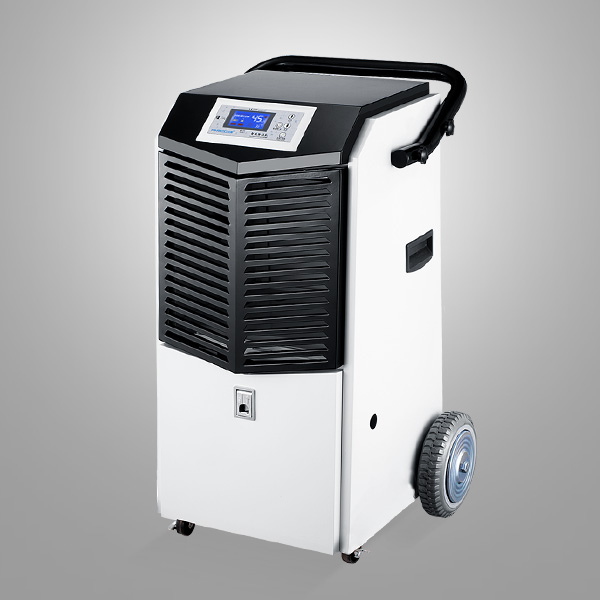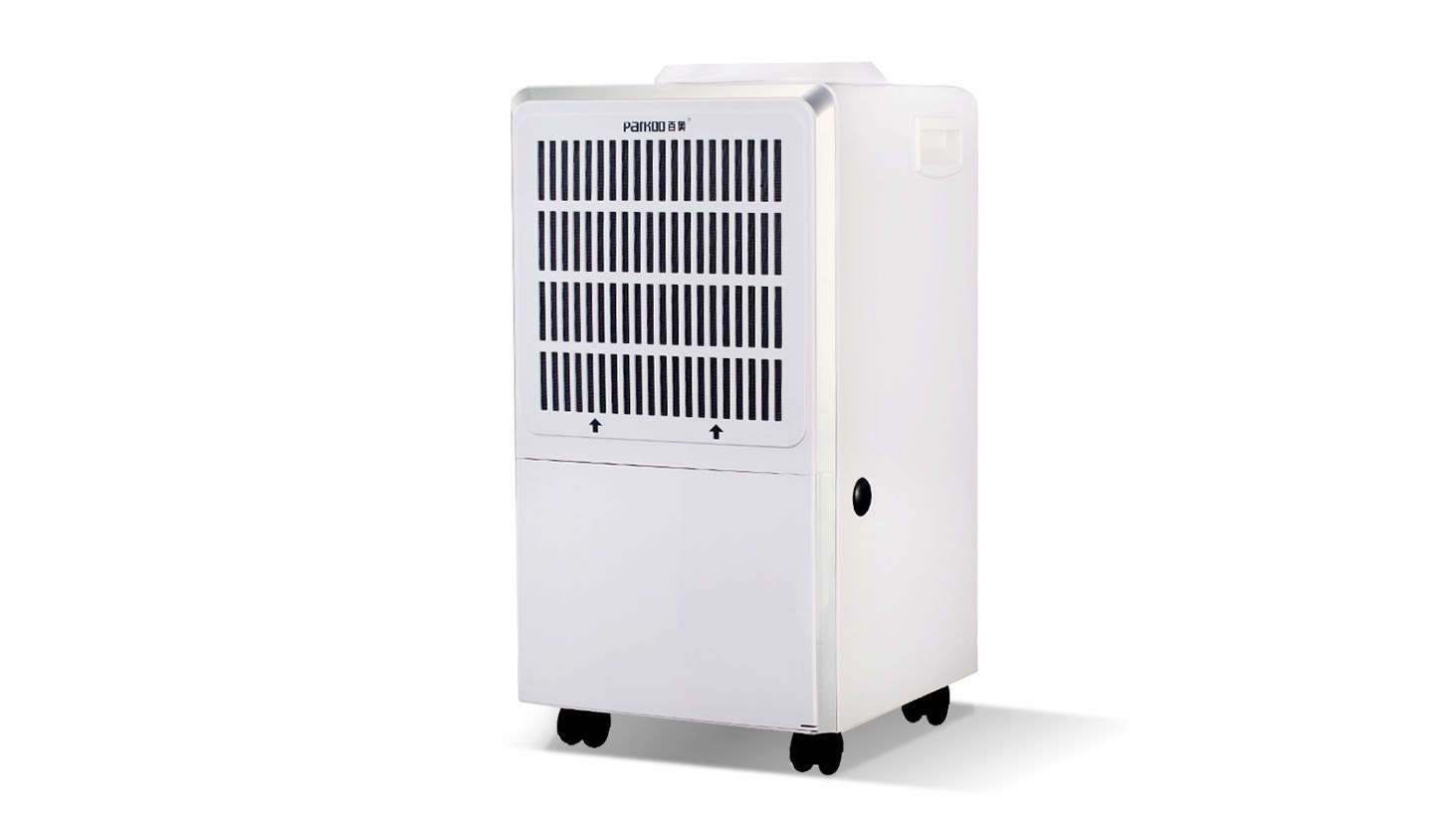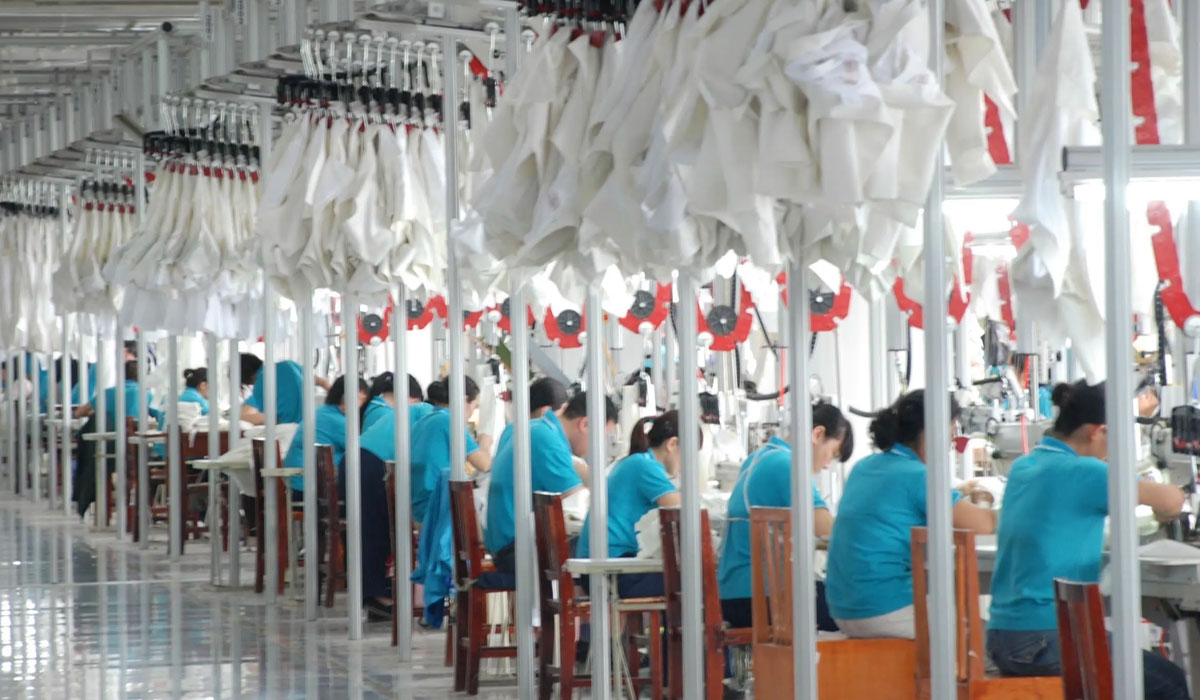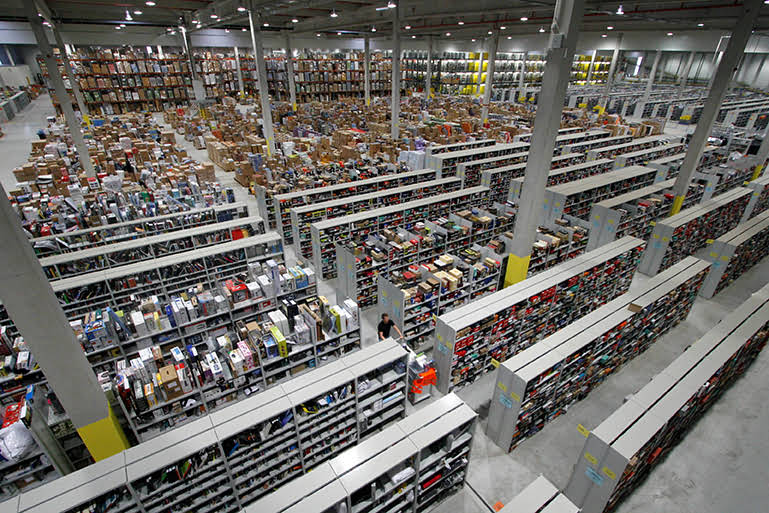With the increasing improvement of people's quality of life, the demand for the textile industry is also growing, and the textile knowledge system and discipline system continues to develop and improve. In the process of textile processing, the processing technology and processing environment are particularly important. Among them, temperature and humidity are the most important factors in textile processing.
Changes in temperature and humidity directly affect the performance of textiles, and the elongation of most textile fibers grows as humidity increases. Textiles are hygroscopic, and the absorption or release of moisture depends on the relative humidity of the surrounding air. A decrease in the relative humidity of textiles may make them weaker, thinner and less elastic. Textile processing increases the temperature of the material and makes it dry. Therefore, by increasing the humidity of the air in the textile environment, moisture is reabsorbed into the textile, which improves the quality and performance of the fabric.
Control of production static electricity
Static electricity is a major problem in textile processing and is directly related to relative humidity. The sensitivity to generate static electricity depends on the moisture content in the air and fibers. When fibers lose moisture, they increase their electrical resistance, which means they can no longer readily absorb the charge generated by contact with mechanical friction.
Static electricity can also cause materials to stick together, which is not easy to manage. This has an impact on the speed of the production machines and directly affects the production schedule. In addition, most machines are now microprocessor controlled, and static electricity can damage electronic equipment, which is subject to costly repairs.
Increasing humidity will naturally dissipate static charges and alleviate these problems.
Providing product quality
Cotton and flax must be processed at very high levels, around 70-80% RH, because they are very fragile. From combing the raw material, to carding, twisting, spinning and weaving, every process must be humidified to ensure the flexibility of the product and to prevent breakage. This is important because the longer the fiber, the finer the thread that can be spun.
Wool is similarly susceptible to dry air, although the humidity level is somewhat lower, requiring a relative humidity of around 65% RH. Man-made fibers also require the right amount of humidity, although somewhat lower, and they are controlled at 45% RH. Silk should be processed at between 65-70% RH, and rayon spinning requires a higher level of 85% RH.
Precise control of ambient humidity according to the material not being used maintains the strength and elasticity of the yarn, resulting in a better quality and more profitable product.
Employee comfort and safety
In textile production facilities with low humidity, electrostatic discharges, although low in current, can be very uncomfortable for the staff operating them and can even cause a person to jump and fall, which poses a great risk in close proximity to textile machinery. Electrostatic discharges can also pose an immediate health risk to people with weak hearts or normal heart rates. Increasing the humidity of the environment brings comfort to the employees, while the increased humidity also suppresses dust and threads, creating a healthier and more productive environment for the employees.
PARKOOTECH industrial humidifier, precise control of ambient temperature and humidity, for you to create a comfortable, healthy textile space, help textile production, for your high-quality products escort.
